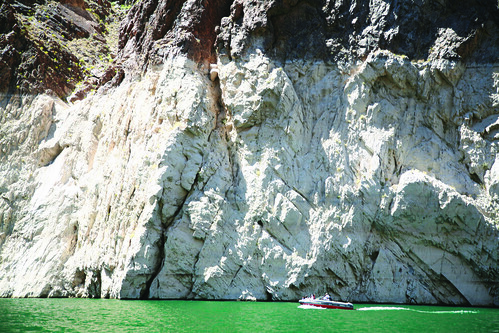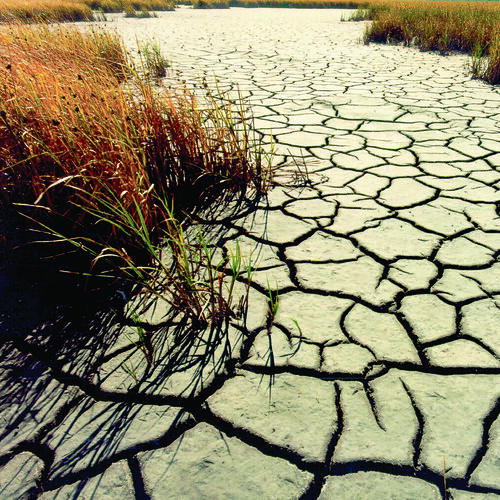
Drought is inevitable, a recurring natural event – or series of events – that can be felt over a season or a severe, longer lasting natural event that has social and economic consequences.
But how land managers prepare for or react at any stage of a drought in today’s world with the increasing effects of climate change and the information they use is the focus of a new report by the U.S. Forest Service, Effects of Drought on Forests and Rangelands in the United States: A Comprehensive Science Synthesis. The exhaustive report evaluates appropriate ways to quantify and monitor drought, assesses consequences for forests and rangelands, and identifies potential adaption strategies.
While most think of drought as a simple lack of water, the nature of drought can encompass much more. The report points out that drought can attack our socioeconomic core by reducing forage and water available for livestock grazing on rangelands, which could mean a portion of the nation’s food source is at risk, with some communities more at risk than others.

However, the authors—77 scientists from the Forest Service and other federal agencies—said the report synthesizes published scientific information to help researchers, land managers, policymakers and others by providing, “…a set of realistic inferences of drought effects that can be applied to help predict future impacts and evaluate management options for adaptation and mitigation.”
The report cautions land managers to not focus on just large-scale drought events. They report that even moderate drought can have long-lasting impacts on the structure and function of forest and rangelands without these obvious large-scale changes. While the report stops short of outlining steps land managers should take, it does provide a scientific start to land management decisions.
“Management actions can either mitigate or exacerbate the effects of drought,” said U.S. Forest Service Scientist Toral Patel-Weynand. “This synthesis gives us a foundation of understanding that will enable us to better manage for drought resiliency and adaptation from here on out.”

